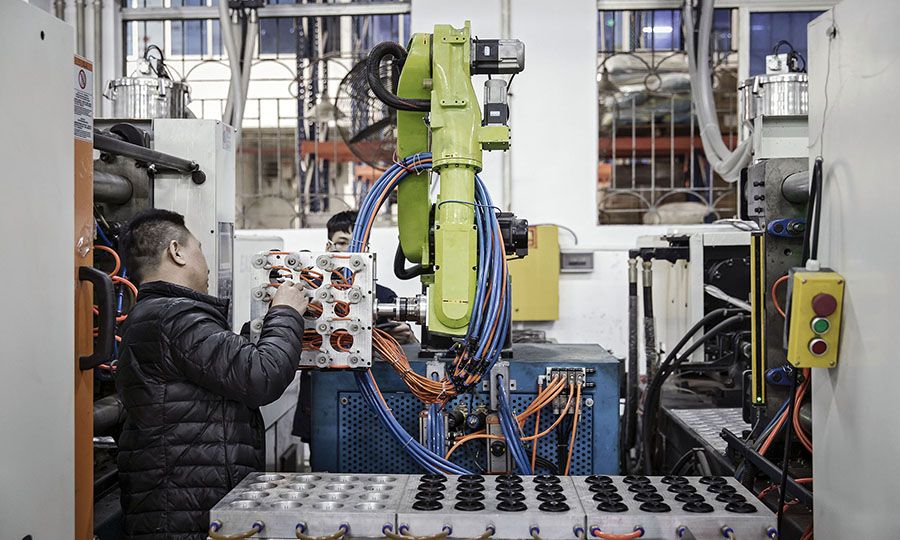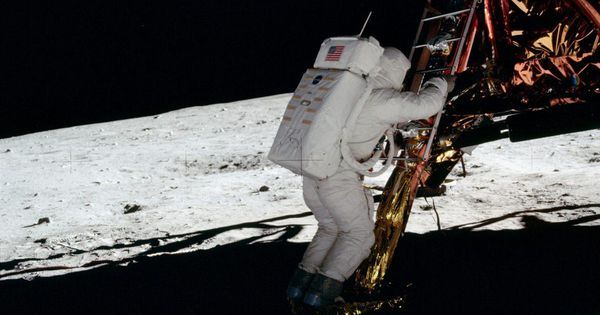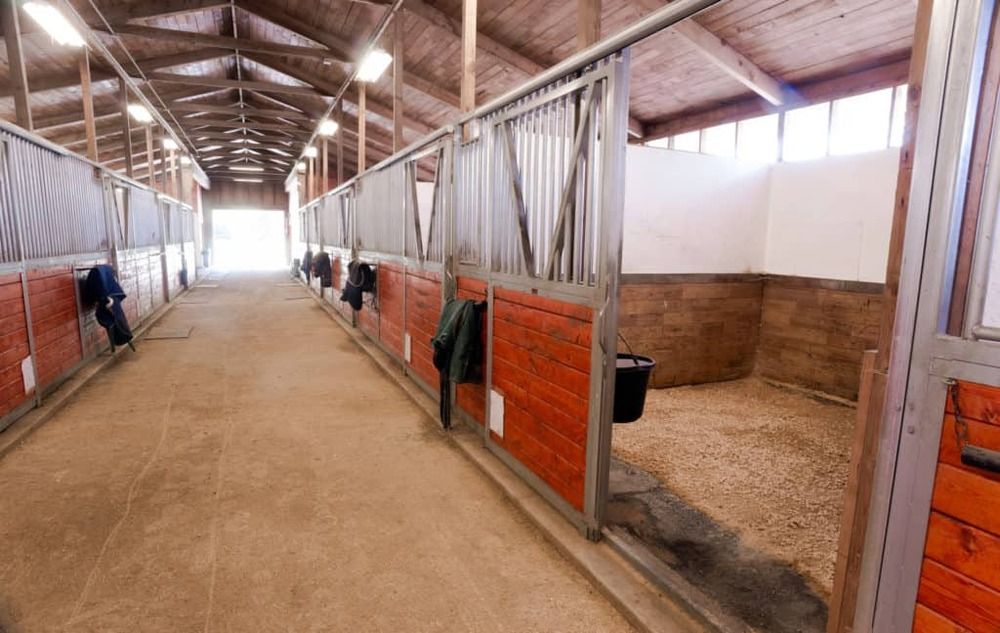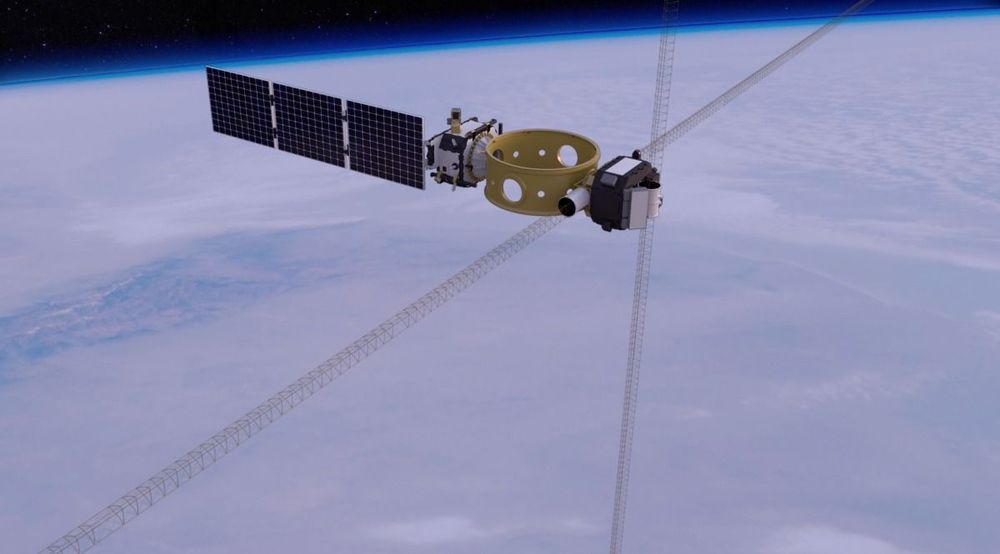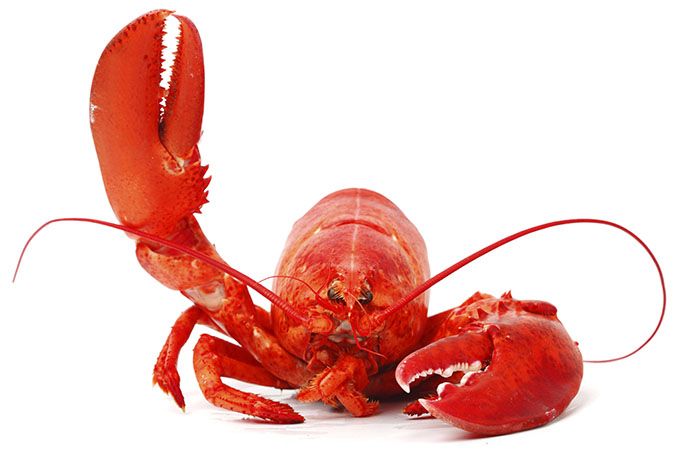GSK forms CRISPR alliance with UC Berkeley and UCSF to create functional genomics insitute. The main one, technologywise, is this about using CRISPR as a gene function screen. One can do a gazillion experiments at once, fleshing out connections, sketching the biology, finding drug targets. http://bit.do/eU942
S AN FRANCISCO — The drug maker GlaxoSmithKline announced Thursday that it would team up with some of the nation’s most prominent CRISPR researchers to use the gene-editing technology in a search for new medicines, establishing a new lab in San Francisco and spending up to $67 million over five years.
Jennifer Doudna, the University of California, Berkeley, researcher who co-invented the CRISPR enzyme technology, will help lead the effort, along with Jonathan Weissman, a UC San Francisco researcher who has been using CRISPR to understand the function of individual human genes and how they work together. Both are Howard Hughes Medical Institute investigators.
The lab will be called the Laboratory for Genomic Research and will be based near UCSF’s Mission Bay campus. The money will fund 24 full-time University of California employees, in addition to as many as 14 full-time GSK employees. GSK’s machine learning and artificial intelligence groups will create computer systems that can handle the large amounts of data the project is expected to create. It will focus on immunology, oncology, and neurology.
